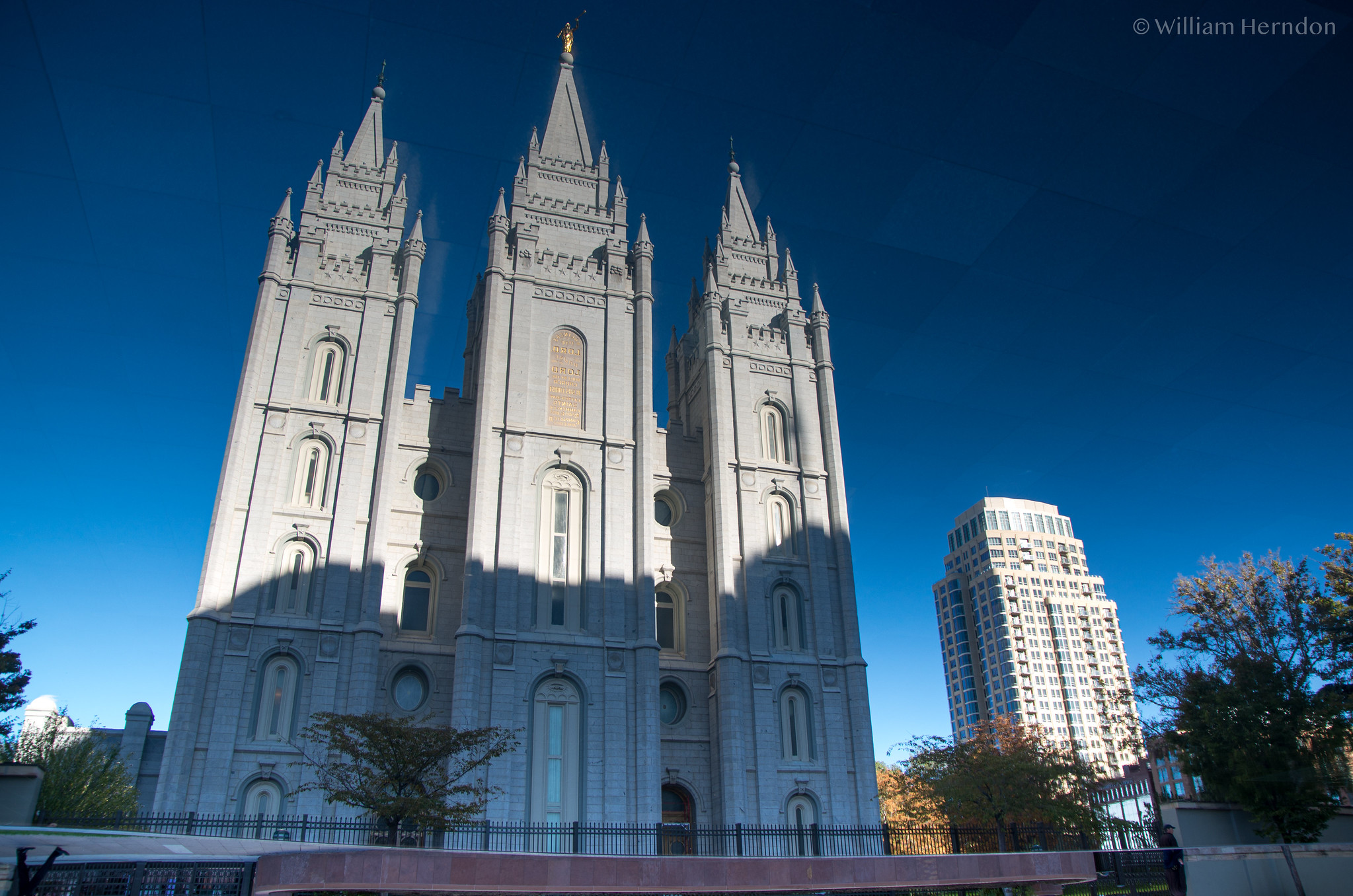The Church of Jesus Christ of Latter Day Saints (LDS) recently made headlines for reversing a discriminatory LGBTQ policy, but is the church really ready to wholeheartedly embrace the LGBTQ community? Given that the Church is the most Republican leaning religious group in the nation, it was pretty surprising when just this April, officials announced a reversal of a former policy prohibiting the children of LGBTQ individuals from being baptized. For the past three years, the Church had considered LGBTQ individuals to be apostates to the faith, or people who have renounced their religion. This shift was also only one of a few in recent years which have seemingly expanded the rights of LGBTQ Church members.
So was this revelation really motivated by love, as the current president of the church, Russel M. Nelson, claimed? Probably not. These new rights and recognitions are only parts of a progressive facade that the Church has recently constructed. These grand gestures which appear to advance eqaulity for LGBTQ members have a relatively limited positive impact. The authority to implement these new measures is devolved to lower levels of the Church without proper oversight, and are often achieved while the Church continues to discriminate through other means.
Official Church policy on LGBTQ relationships reads, “the experience of same-sex attraction is a complex reality for many people. The attraction itself is not a sin, but acting on it is.” Though this statement itself is not progressive by current political standards, it is a positive change for the LDS Church, which in the past has taught its members that same-sex attraction could be “cured.” Today the Church believes that “individuals do not choose to have such attractions,” and has called conversion therapy “unethical.” This change in stated policy indicates that progress and a new sense of tolerance are not unattainable in the Church. The question then becomes if these words go far enough to catalyze the future equality of LGBTQ members in the religion.
The announcement in April was not the first time the LDS Church had considered new policies regarding LGBTQ members. In 2015, the LDS Church surprisingly endorsed a Utah state bill which addressed discrimination in housing and employment practices, including that against LGBTQ individuals. It granted protections to LGBTQ individuals against employment and housing discrimination. Church leaders backed this bill, using their large influence over Utah politics to give it the support needed to pass in the legislature. Interestingly enough, the bill also introduced exemptions to the anti-discrimination law for religious organizations and provided further protections for so called religious expression.
The concurrence of the two bills, and the Church’s pledged support of both, was no mere coincidence. Though the first bill tackled an important issue still not achieved at the federal level, the second bill introduced special exemptions that were not needed before, strengthening the ability of the Church to discriminate. In this case, the Church acted under the guise of progress, but truly supported a bill that, in a sense, legalized discrimination. It is surprising for a conservative state such as Utah to pass an anti-discrimination bill when many other states have still not done so—it is even more shocking to see a conservative church sign on. However, the exemptions in housing and employment for religious organizations, their affiliates, and nonprofits they run, undermine the future inclusion of LGBTQ people in the Church. These caveats reveal the true intent of this legislation.
Four years later, the Church is turning heads again by seemingly going against tradition, though it is too early to see how this change will truly affect LGBTQ church members. The now-reversed 2016 policy making LGBTQ individuals apostates of the Church and prohibiting baptizing their children was supposedly revealed to the Church by God. Baptism into the LDS Church is a necessary ritual for acceptance into the Church and for salvation in the eyes of the religion. The new 2019 policy deals mostly with the issue of baptism, but also changes the status of married LGBTQ couples from automatically being considered to be apostates of the faith. However, this policy change will truly take effect on a congregational basis. Considerable authority is now delegated to bishops regarding the integration of LGBTQ married couples into the Church. These leaders can decide for themselves the appropriate ecclesiastical discipline, or censure, if at all necessary, for this religious “transgression.” This new power structure will help members who find themselves led by more liberal bishops, allowing them to take on a larger role in religious activities, while other members in more conservative congregations will still be shut out from the Church. By delegating this responsibility, LDS leadership is taking the matter out of their hands, and allowing discrimination to be effectively unregulated at levels below them.
The recent actions of the LDS Church have shown that the institution is not afraid of progress and straying from its traditionally conservative background, but that it is also duplicitous in this regard. If the Church really wants to be true to its doctrine centering family as an essential part of God’s plan, leaders need to come together to implement non-discriminatory policies evenly across all congregations, and the Church should not be exempt from the very policies that it imposes on other entities in the state of Utah and nationwide.
Photo: Image via Bill Herndon (Flickr)
